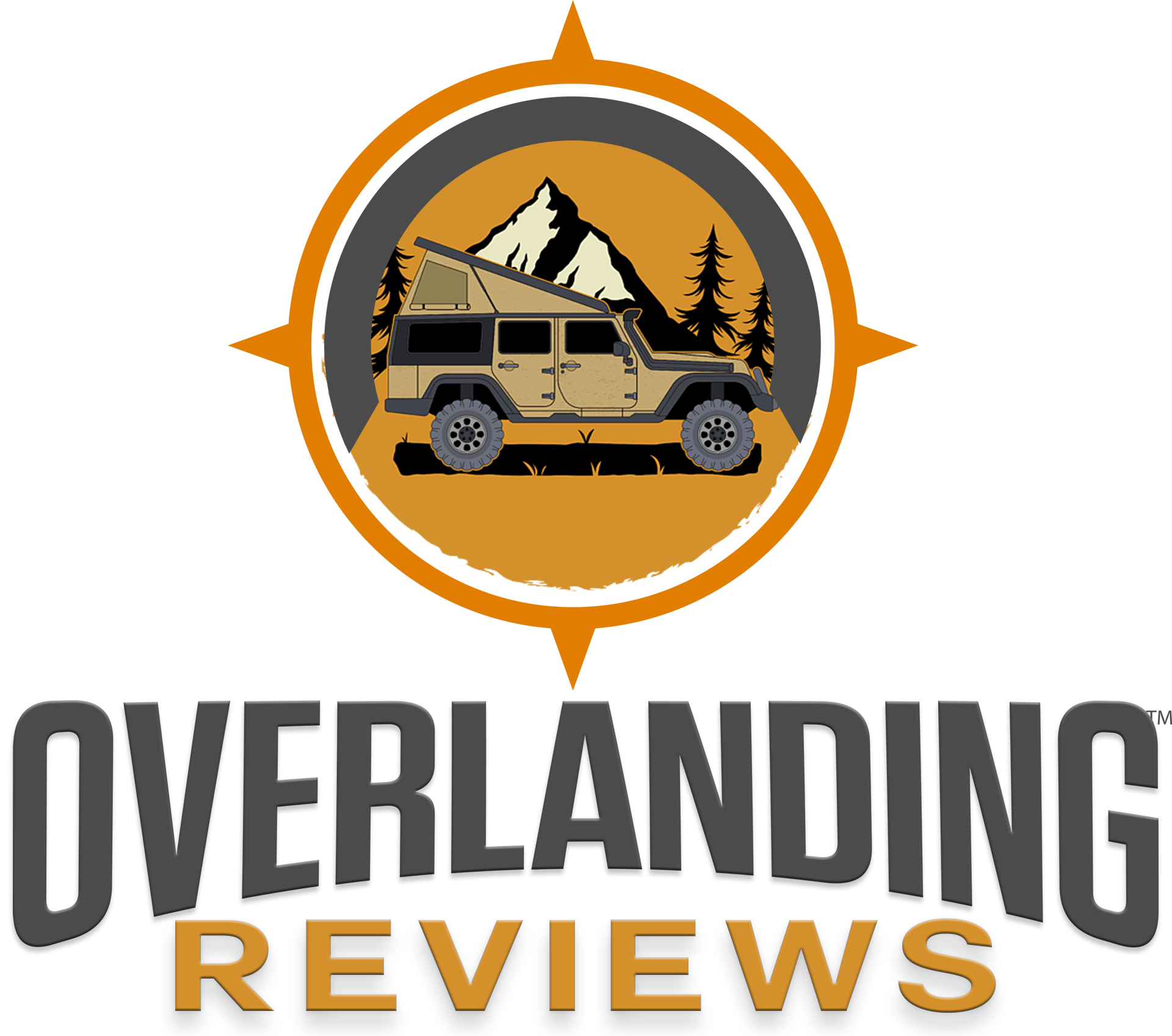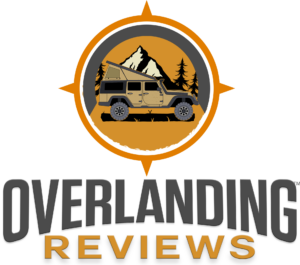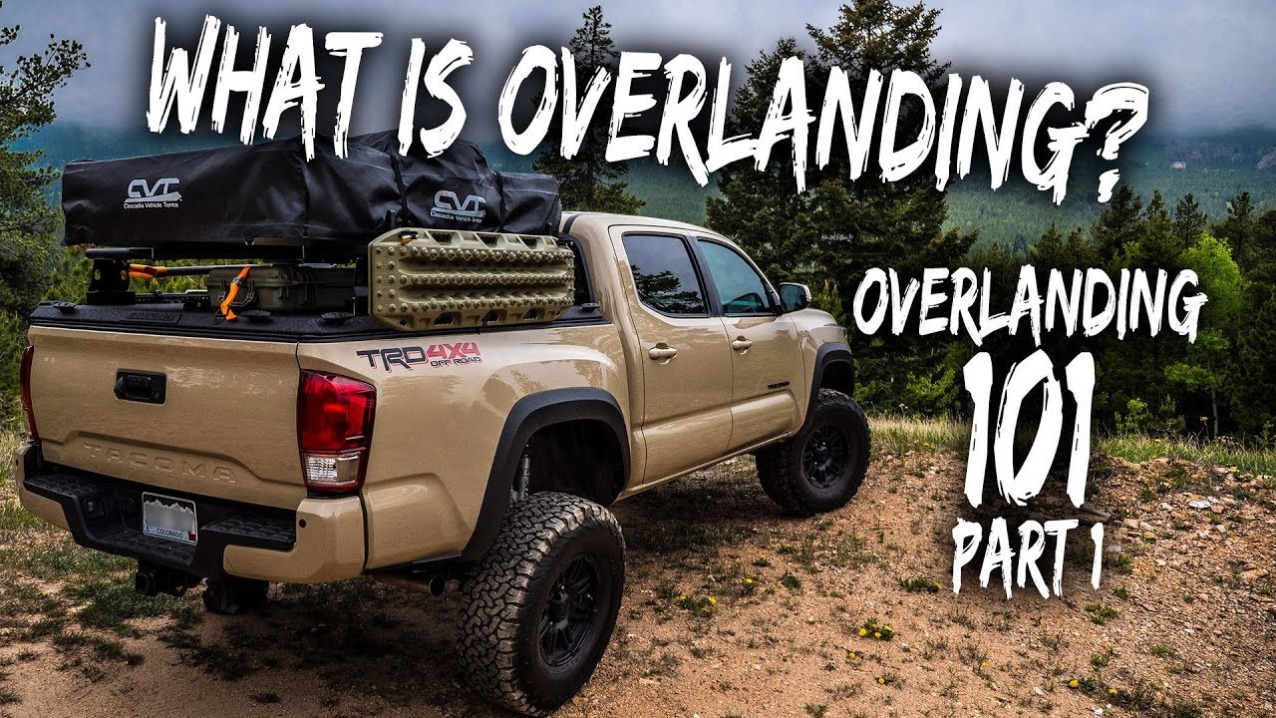101 OVERLANDING
You’re thinking of with the idea of overlanding. This guide will teach all you have to learn about how to prepare your vehicle for your first adventure overland. We’ll cover the basics needed to get you started and offer practical advice to aid you in your journey.
What exactly is overlanding??
Overlanding is a mix of off-roading and camping. Although it may sound like camping in a car however, it’s much more than it sounds. Overlanding is an extended journey that could range from just a few days away from the grid to long treks in the wilderness. The essence of overlanding is the spirit of self-reliance and adventure.
The earliest roots of overlanding stem from the Australian outback where dirt roads were created between cities to facilitate transport and for commerce. Before you could put the gearbox on a 4-wheel drive overlanding, routes were traversed by horses, rail later motorized vehicles. In the US the popularity of overlanding has increased as a sub-culture for getting outdoors, particularly in the event of a global pandemic.
The most sought-after automobiles to dress are the iconic Jeep Wranglers and Toyota 4Runners due to their range of options and affordable, however, the concept has expanded to encompass other types of vehicles, including motorcycles ATVs, tractors, and even full-sized vans as well as modified school busses (see the ArbourSeason Skoolie below)! The distinction between camping in a car as opposed to overlanding, is the vehicle you choose is not just an essential mode of transport but also as a living and storage space too. The great thing about the overlanding lifestyle is that every car is unique for the person who owns it which means you won’t experience the same set-up more than once. I don’t know many people who have an oven from the Cooking oven from CampChef in an Astro Van. Do you?
Where do you begin?
The great thing is that every vehicle could be an overlanding vehicle. The notion we’ve talked about in previous articles, that the best equipment is the one that you already have, is true for the vehicle you use to overland. You don’t need the most modern and advanced Jeep V8 Wrangler or the new Ford Bronco to start overlanding. You will require the right vehicle for your particular needs and conditions for the trail or road. Contrary to what many people believe you can go overlanding using the vehicle you already own! Many of us find that our vehicle for overlanding also serves as our primary driver.
Here are some of the questions you should consider when choosing an overland vehicle
- Where do I need to go?
- How often should I make a plan to travel?
- Who’s going to be there?
The condition of the trail and road will be the primary element in determining what kind of vehicle you require. If you want to travel to all National Parks in the country there is no need for an SUV. If you’re planning on passing along the Rubicon Trail or drive the back country roads that lead to Big Bear Lake, you should consider the best vehicle suitable for off-road conditions.
There are 35″ tires due to the areas we are headed to will require substantial tires. We have a roof-top tent since we can’t rest on the ground just one more time. Your needs will differ than ours.
Off the Grid and Self Reliance
The next step is to decide the needs you’ll have when you’re disconnected from the world. Do you require or want hot water? Are you planning cooking hot food? Do you need to charge devices like your camera, laptop, Bluetooth speakers? Do you have the tools or replacement parts in the event that you have to do repairs during your hike? Be aware that your requirements can vary based on the route.
Here are some suggestions to assist in this procedure:
- How long am I expected to be traveling for?
- How do I prepare and store my food?
- What is my source of water?
- What dangers or problems could I face?
After you’ve answered those questions, we will be able to narrow on specifics such as sleep arrangements, space and other items.
Quarters
It’s usually easy if you’re an avid camper. You probably own a camping tent a sleeping bag, and some type or sleeping pad. All you need is to put up a good shelter. If you don’t… It is possible to absolutely sleep in the vehicle! You’ll need pillows and bedding from home. You’ll feel nice and comfortable in the car’s cabin. If you’re traveling using trucks, you could simply put an inflatable mattress into the bed.
Storage
If you are a Tetris players will appreciate this portion of the process – ensuring that things are placed in perfectly. If you land, you’re carrying everything you’ll need to last for the next few days, weeks or months. Having a great storage solution will significantly impact your travel. Storage of food, water as well as utensils, clothing, and cooking materials are the major majority of the things. It is also crucial to think about the manner of storage according to how you will use them. You do not want to constantly searching for items since you piled everything on one another. Therefore, it’s better to divide them into categories. I like to break items into three bins, separate from your carry-on bag:
- Kitchen appliances (cooking grills or pots) percolator, kitchen utensils like knives, etc.
- Food (dry/canned foods, teas snacks, coffee,)
- Use (flashlights/headlamps, paper towels, trashbags, plates/bowls, fire starter, first aid, etc.)
After you’ve identified the necessities, you may have found yourself stuffed to the brim. But do not fret! It’s all part of the procedure. As you continue to explore out, you’ll quickly discover what you could have done with the items and which items you might have had to leave behind. Most likely you’ll discover the things you ought to have brought and that’s totally fine. This is part of the excitement in optimizing your gear and setting up. We continue to find ways to cut down and enhance our equipment. For example, replacing items with multi-purpose versions or packing the appropriate equipment for trips. I’m not kidding I once put together the entire contents of cast iron pans along with a non-stick pan and a flat-top grill. What was the method I used? I made use of an in-pocket rocket stove to heat water to cook the Mountain House meal I decided to eat for the entire weekend. Your equipment will change amount at first, but when you are able to get the hang of it you will notice that the changes are less frequent and will usually cause less towing!
Great To Have, But Not Essential
These products will significantly enhance your travel experience. They can either increase your storage capacity , or provide you peace of mind and comfort of mind when you travel.
- Complete toolkit
- Roof rack with cargo basket or roof top tent
- Cargo storage that is specifically designed for such purposes as the cases that sit on the roof rack
- Containers for water for fluids and fuel
- Recovery equipment like winches, straps for towing, and additional D-rings
- Advanced first aid equipment, for example trauma kits
- Generators for portable gas/electric power and/or solar panels
- Portable air compressor
- Ice chest, fridge or freezer
- Water pressurized
Be Careful
Every time you drive off-road you affect the environment in a variety of ways. Make sure you travel on the trails that are in place and at campsites. Be sure to adhere to the principles of leaving No Trace so we will continue to share the beauty of nature with the future generations.
Congratulations! You’ve passed overlanding 101, and you are now prepared to go to the next adventure. Remember, this should be fun , not stress-inducing. Take advantage of the time you spend on the trail , and do not let the lost thing ruin your adventure.
Happy camping!


